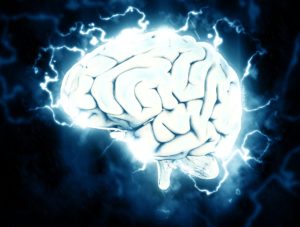
SHARE THIS ARTICLE:
Study of Brain Abnormalities and Clinical Correlates in Post Treatment Lyme Disease
Cherie L. Marvel, et al., published “A multimodal neuroimaging study of  brain abnormalities and clinical correlates in post treatment Lyme disease” in PLOS ONE on October 26, 2022. The objective was to uncover evidence that may help to explain the cause of cognitive complaints commonly reported amongst patients with post treatment Lyme disease (PTLD).
brain abnormalities and clinical correlates in post treatment Lyme disease” in PLOS ONE on October 26, 2022. The objective was to uncover evidence that may help to explain the cause of cognitive complaints commonly reported amongst patients with post treatment Lyme disease (PTLD).
The researchers administered a working memory assignment to a thoroughly vetted group of 12 patients with well-represented PTLD as well as 18 healthy individuals from a control group while undergoing functional MRIs (fMRI). A subgroup of 12 controls and all 12 PTLD participants underwent diffusion tensor imaging (DTI) to assess white matter integrity. Clinical fluctuations were also compared along with the multimodal MRI results.
The PTLD patients responded more slowly on the task, although no less accurately, than the control group. FMRI stimulations were detected in anticipated regions by the controls, and to a lesser degree, by the PTLD participants. The PTLD group also exhibited less than normal activity in several regions relevant to the task. On the contrary, novel regions were stimulated by the PTLD group but not in the controls, indicating a possible compensatory mechanism. Remarkably, 3 activations took place in white matter of the frontal lobe with furthered DTI measures revealing a higher axial diffusivity correlating with fewer cognitive and neurological issues.
The study’s results demonstrate that the brain is altered by PTLD, including changes to white matter within the frontal lobe. Higher axial diffusivity may indicate white matter restoration and recovery over time and cognition seems to be actively impacted throughout this healing process.
For more information:





